
When I was a kid learning to fish an old-timer once told me, “Most lures are bright-colored and fancy so they catch fishermen.” In other words, manufacturers make their lures eye-catching so fishermen will buy them. Fish catching ability is secondary. The same adage can (and probably should) be applied to camouflage hunting clothing. The cooler it looks the more likely we are to buy it. After all, we like to look good in our camo, right? But do we really need it? The answer to that question depends on the situation.
Camouflage, by definition, is a disguise; a masquerade; a smoke screen. It’s intended to make a searching eye pass over without detecting it. Snipers, bowhunters and hide-and-seek aficionados all benefit from some form of camouflage.
But not all camo is created equal, nor does clothing need to feature an actual camouflage pattern in order to provide a disguise. Early bowhunters like Fred Bear, Saxton Pope and Arthur Young often wore plaid clothing in earth-tone colors, and nobody is fool enough to say those hunters were ineffective.
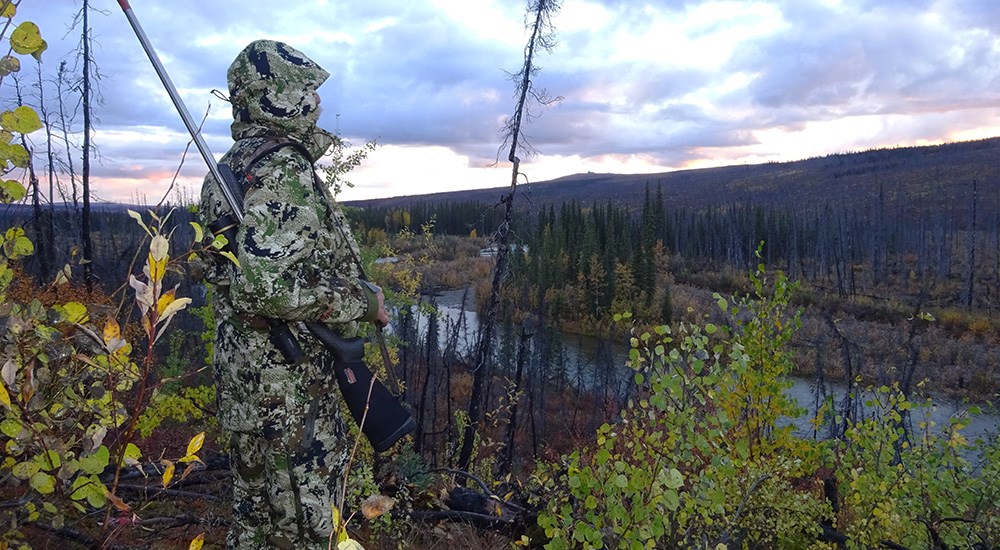
Break Up the Shape
Game animals are adept at picking out shapes that don’t belong in the woods—especially upright human forms. If you need to get up close and personal when hunting (bowhunting, for example) you will be harder to spot when wearing something that reduces your human shape to an illegible blob of random shapes. Ideally, those shapes will feature significant light-and-dark contrast. Dark-on-dark camouflage is mostly ineffective; I remember sitting on a Rocky Mountain ridge years ago and watching my brother stalk a buck on the far side of a canyon. He was wearing a semi-dark leaf, bark, and twig pattern camouflage. At a distance he simply looked all greenish-black and stood out starkly against the background. That camo pattern has since fallen out of vogue.
As an outfitter and guide I watched hunters wearing various camo patterns with interest. Some patterns did not conceal well at all, while others made it rather difficult for me to keep track of my clients in the woods. One that was particularly hard to spot is an old pattern called “Predator”. Nowadays manufacturers take this light/dark element more seriously; some of the modern computer-generated digital camo, as well as those that utilize natural predator imagery (think Kryptek, with its reptilian pattern) render hunters very hard to spot in the woods. I particularly like Sitka’s Subalpine pattern; it blends superbly with a wide variety of vegetation and terrain. Badlands' Approach pattern will flat make you disappear in Western sagebrush territory. And there are a plethora of other superb patterns available nowadays.
But do you need a camo pattern to merge into your surroundings? Not at all, anything that breaks up your outline and form will help. Earth-toned pants and a green-and-black checkered shirt will help you disappear rather well, which is why pre-camo hunters wore them. It’s a great way to go if you like tradition and prefer to eschew modern camouflage. Any checked shirt of contrasting brown, red, green, black, grey, tan or white will blend pretty well into a variety of habitat.
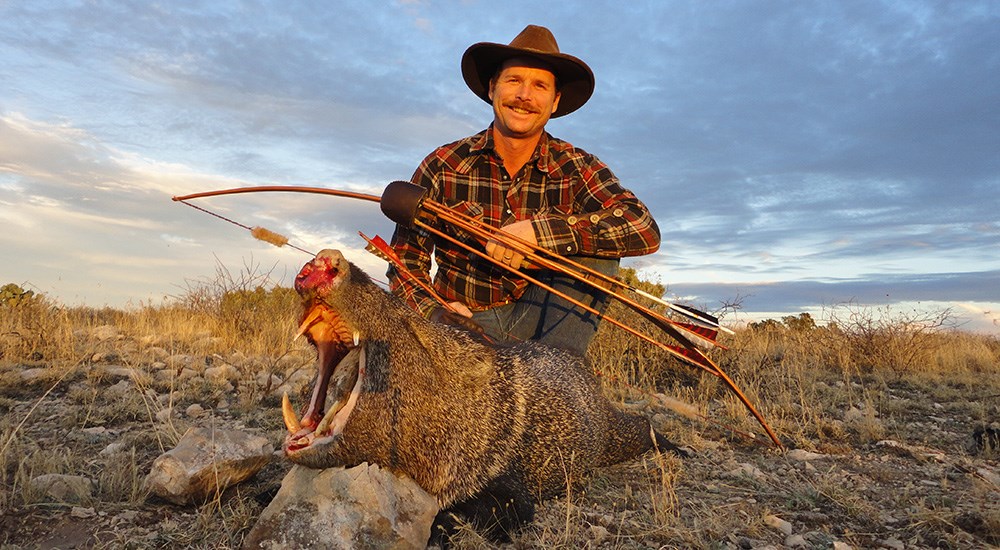
Does Color Matter?
Why yes, it does. It’s a matter of rods and cones, the two types of photoreceptor cells in our eyes that enable us to see. Most big-game animals have more rods in their eyes than we humans do, enabling them to see better in low-light conditions and giving them superior ability to spot shapes and outlines. They have fewer cones in their eyes than humans, making them less capable of seeing colors. Wildlife biologists believe that most deer species can see blue colors fairly well, but reds, oranges and pinks escape them, appearing instead as muted tones of greys and browns. So blue jeans aren’t recommend for hunting, but red-and-black plaids are.
Sometimes color can be the key to a successful hunt. A white suit will make you absolutely disappear in a snowbank—which is why snowshoe hares, ptarmigan and polar bears wear white during the winter. Another tactic I’ve used is to wear a tan Carhart jacket during elk season. The elk see the tan shape and mistake it for another elk. But use this tactic with extreme caution; if there are other hunters in the woods they also could mistake you for an elk.
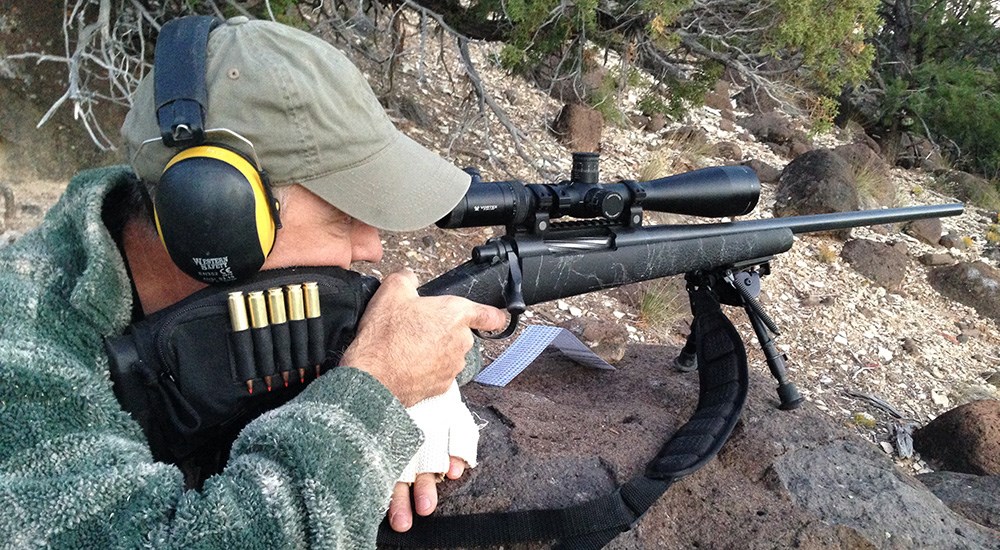
Texture
Scottish warriors invented what may still be the most effective camouflage ever—the Ghillie Suit. Ghillies are simply a sort of breathable cape or suit that’s worn over your clothing. Strips of earth-colored burlap, yarn, or fabric are sewn to the suit, forming a layer several inches deep that has no real surface. It’s a 3-D texture, making it very difficulty for the eye to separate from similar colored surroundings. Local vegetation can be plucked and tucked in amongst the strands, making the suit blend even better.
Ghillie suits, while awesome for lying in ambush in cool weather, are not ideal for hunting when you must hike or move regularly, or where you need to draw a bow. They also can get uncomfortably hot in warm weather. So we need an alternative; something we can move in, draw a bow and stay reasonably cool during warm early-season bowhunts. With this in mind, search out clothing with a surface texture that’s not slick or reflective. A nappy, quiet surface is best, which is why the old checked wool and flannel shirts worked so well.
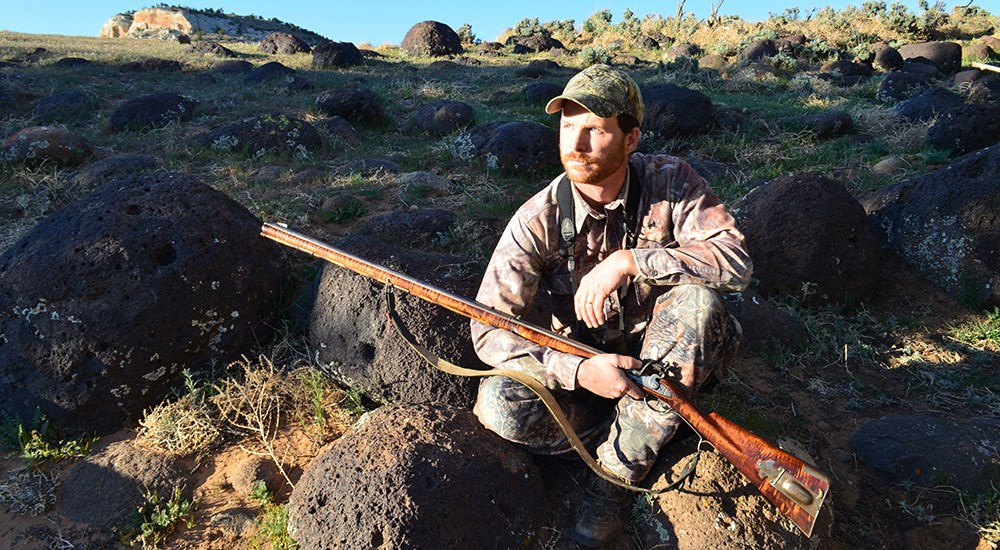
Using Camouflage Effectively
There are three main keys to using camo effectively: blending, using shadows and avoiding movement. Let’s take a closer look.
First, try to blend with a color pattern that is similar to local conditions. In other words, don’t use snow camo while hunting the guava forests in Hawaii. Your camouflage doesn’t need to be a perfect match for the local vegetation (remember the plaid clothing?) but the better it blends the better it will work.
Second, stay in the shadows. Even good camo is significantly less effective when illuminated by sunlight. Shadows reduce depth perception and merge texture, so take advantage of them.
Last but most important, only move when you must. Movement is the number one element that draws attention in the woods, so keep it to a minimum. If you must move—when stalking for example—study your surroundings thoroughly, and then make your move. Stop in the shadows and repeat. If you’re visible to your prey and must move, do it as slow as cold molasses running uphill. Move slowly enough and your motion will not be detected.
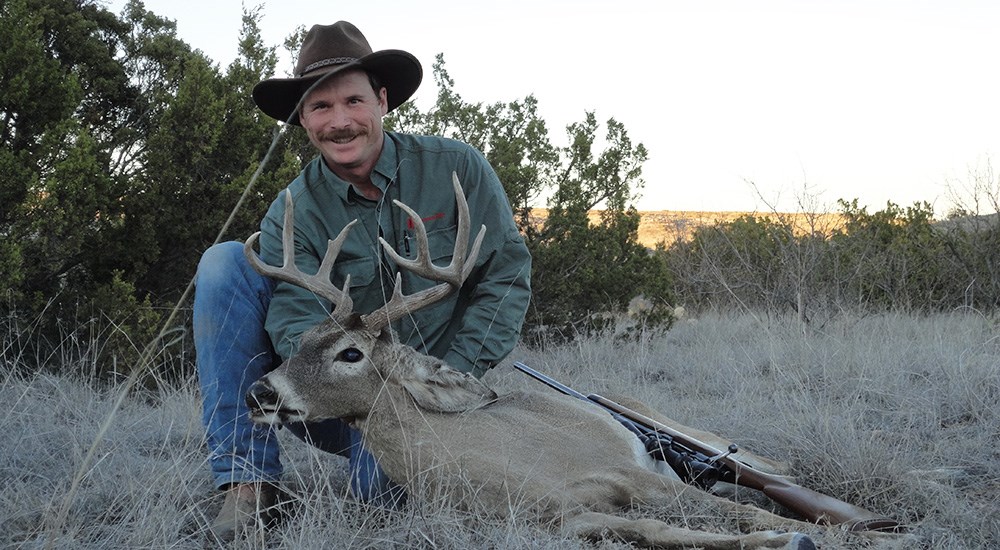
Hunting in Plain Clothes
So, is it possible to hunt in plain clothing? Of course it is; rifle hunters wearing regular clothing harvest lots of critters every year. Truthfully, if you’re hunting with a rifle, you’ll probably never be close enough to game for the color of your clothes to matter, unless you’re hunting close quarters in heavy brush or timber. Many hunters and guides—especially in places like Africa—eschew camouflage clothing for reasons of their own. And in some regions, wearing camo is illegal, especially if it’s military vintage. I often enjoy hunting in plain clothes, and simply try to choose clothing in earth tone colors that blend nicely with my surroundings.
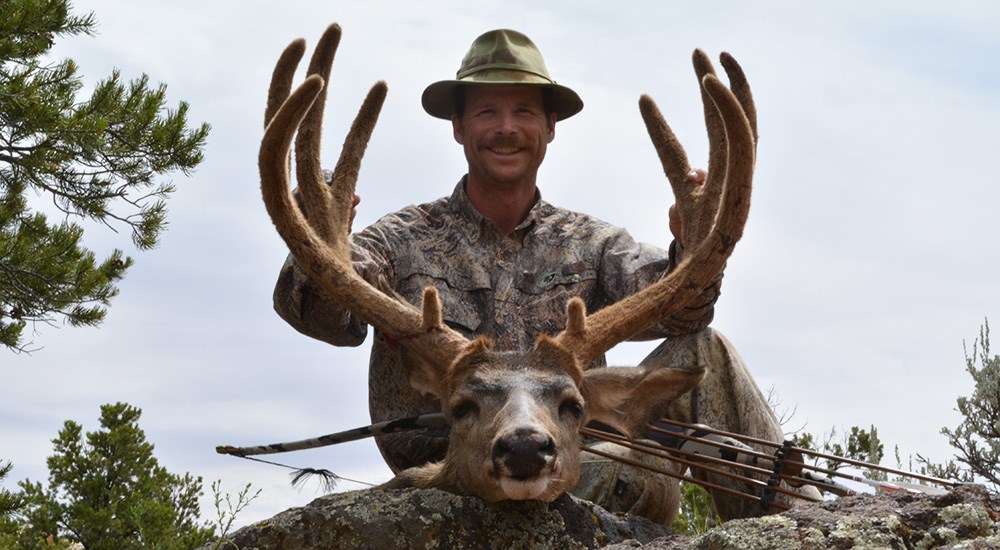
Conclusion
I believe that wearing camouflage offers real benefit to archery hunters. Typically, shots are close and you’ll often be within the animal’s “zone.” They are hyper-aware of everything that goes on inside that space. A good breakup pattern—whether it’s cutting-edge camo or vintage plaid—will increase your chances of remaining unseen. And that, my friends, is what camouflage is all about.




































